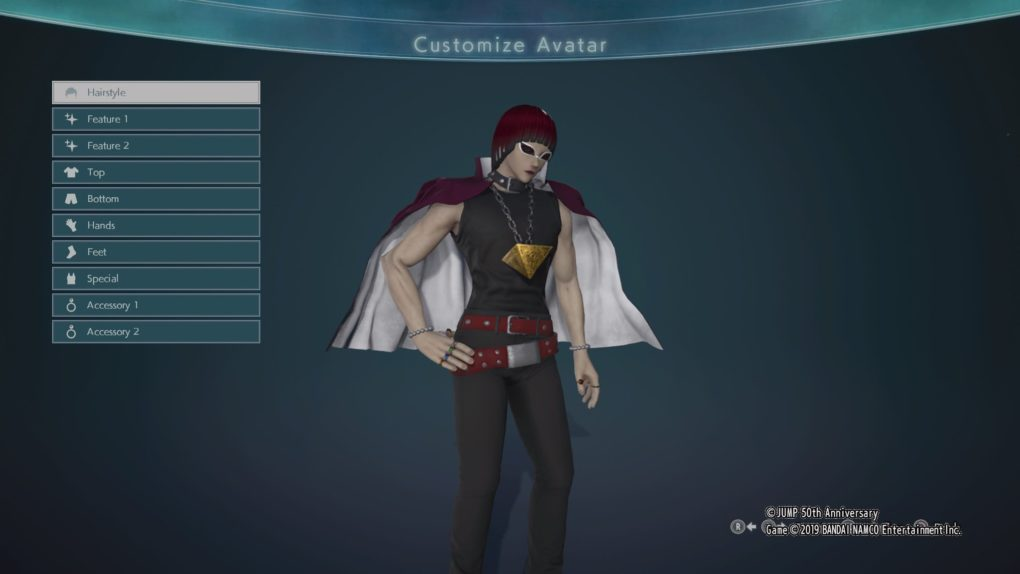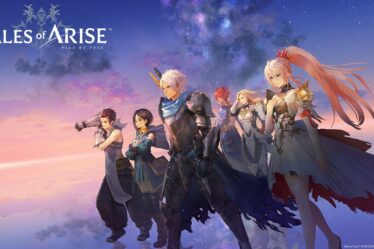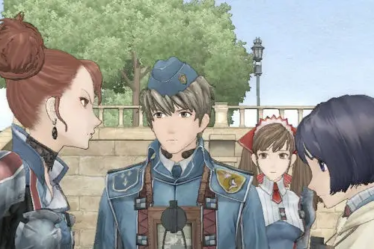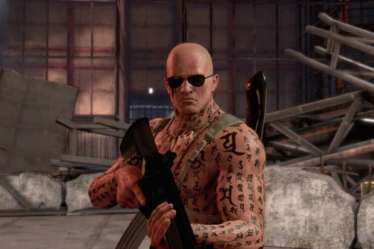
This article was originally published in Italian on StayNerd.it in 2019.
Since 1988, Bandai (now Namco Bandai) and Weekly Shonen Jump have worked together to create video games that celebrate the fame of the most popular Japanese boys’ comics. So it’s hardly surprising that these two Japanese giants are once again teaming up to deliver a title like Jump Force—a much-anticipated crossover bringing together some of the biggest names in shonen anime, both in Japan and overseas.
Seeing characters from iconic series like One Piece, Naruto, Dragon Ball, or JoJo’s Bizarre Adventure all gathered in one place is certainly a spectacle. But beneath its glossy 3D veneer lies a project with disappointingly shallow gameplay and a rough, unfinished feel. Players take on the role of yet another customizable avatar reminiscent of the Xenoverse series, fighting alongside shonen heroes to restore peace to our world—now under siege by new villainous figures designed by none other than Akira Toriyama, the legendary creator of Dragon Ball. The concept behind Jump Force clearly stems from two distinct goals: on one hand, Shonen Jump gets to spotlight both its classic and contemporary stars; on the other, Bandai Namco packages a product that draws instant attention, even just from its box art featuring three instantly recognizable faces—Son Goku, Uzumaki Naruto, and Monkey D. Luffy, each a franchise strong enough to sell millions of copies on their own. As mentioned earlier, the Bandai Namco–Shonen Jump partnership has deep roots, dating back to an era when licensed games were mainly aimed at a domestic Japanese audience. But Jump Force marks the first real attempt to bring the fruits of that partnership to a global market.
Given the success and maturity of other games based on the same licenses, expectations were, at the very least, to get a fully functional game—clearly built around the now overused multiplayer model popularized by titles like Dragon Ball Xenoverse, but still accessible and fun, especially for the global fanbase that has come to expect quality from developers like CyberConnect2 and Arc System Works, creators of Ultimate Ninja Storm Revolution and FighterZ, respectively. Instead, what Spike Chunsoft and Bandai Namco have delivered feels like a cash grab of the most cynical kind—aimed at draining the wallets of die-hard fans willing to overlook the brutal online criticism that’s already been heaped upon Jump Force. In a word, it’s a massive waste of potential.
At its core, the game is a behind-the-back 3D fighting game, somewhat resembling Naruto Shippuden: Ultimate Ninja Storm Revolution, but in practice it falls into the same traps seen in J-Stars Victory VS on PS3, a title that only reached the West years later via a PS4 remaster, J-Stars Victory VS+. Dropped into a lifeless hub full of shops where players can tweak their avatar’s looks and fighting style, you’re left following on-screen indicators in the hope that the lumbering story will unfold between battles—all without the convenience of simple menu navigation that could have streamlined the experience. Instead, players must wander from one empty, non-interactive area to the next. The game is clearly modeled after Xenoverse, a formula already poorly replicated in the disappointing Naruto to Boruto: Shinobi Striker. It’s understandable that the developers aimed to create an online community where players could shape their own personal “Jump hero,” but unlike the titles that inspired it, Jump Force offers shallow customization, painfully long loading times (between fights and even cutscenes), and no option to skip the endless dialogues filled with empty fan service that add nothing to the story—and that not every fan will care about.
To its credit, all playable characters (only three of whom are female) are available from the start, and players can jump straight into online battles to hone their skills. But cosmetic rewards and timid RPG-like progression mechanics fail to add real depth to a title that reveals all its (very few) tricks almost immediately.
The revamped combat system—based on Spike Chunsoft’s previous work—is approachable and completely devoid of the technical nuances typical of traditional fighting games. But it’s also riddled with glaring issues: unreliable collision detection, inconsistent hitboxes, and sluggish input response. Special attacks and defensive maneuvers are mapped to the shoulder buttons, but when the block button also triggers a forward dash, it’s clear that something went terribly wrong during development. The system simply lacks the design needed to create fights that feel diverse, despite the large roster. The result is repetitive battles, with players falling into one-note strategies that must be used over and over again throughout the single-player campaign. Worse still, many characters reveal their full moveset within a single match.
Online battles, while slightly more engaging thanks to human unpredictability, do little to fix the core problem: characters don’t have unique mechanics, and the lackluster combat system doesn’t hold up. In fact, the game feels like it needs new DLC just hours into the experience (and by the way, the first wave won’t arrive until May). All the playable characters are functionally similar, distinguished mainly by their unique move sets—which at least manage to capture the visual flair fans recognize from anime adaptations. It’s also worth noting that the developers have brought back the official voice actors for each hero, which is probably the highest point of the entire production: the spectacle.
Spike Chunsoft and Bandai Namco have poured considerable effort into creating a distinct visual style that leans toward photorealism—an artistic choice that clashes with the exaggerated designs of some characters but nevertheless results in some of the most visually striking staging ever seen in an anime-based game. Muscles ripple, clothing tears under the force of powerful blows, and the screen lights up with visual effects and particle explosions during special attacks. Enhanced HDR usage adds further polish. Unfortunately, all this eye candy is presented through stiff, sluggish cutscenes with no real direction. Characters gesture with blank expressions, like life-sized puppets wheeled out at children’s stage shows in Japan. More than once during testing, I found myself wondering if that wasn’t the exact look the developers were going for.
At this point, the static 2D artwork and skippable text boxes of J-Stars Victory VS+ seem preferable by comparison. What’s most painful to admit is that the developers didn’t even take advantage of the 3-on-3 team format to deliver meaningful fan service—no combined moves, no unique character interactions, none of the fun extras you’d expect from any other licensed anime game. It almost feels like Jump Force, despite being released to “celebrate the 50th anniversary of the magazine,” doesn’t actually care much about its heroes.
What barely saves this clumsy, undercooked product is a technical presentation that holds up—at least during the more intense fights, especially on PC where everything runs at 60fps. Console players, on the other hand, have to make do with a locked 30fps experience. Even so, it’s baffling how a fighting game featuring over 40 Shonen Jump characters can become boring so quickly—bogged down by terrible load times and frequent system crashes, especially on consoles. If you’re in the mood for manga-style brawling, you’re better off dusting off your old Nintendo DS and booting up Jump Ultimate Stars, developed by Ganbarion and released in Japan back in 2006. That game, even on a handheld, got the job done—and the online multiplayer was free.


